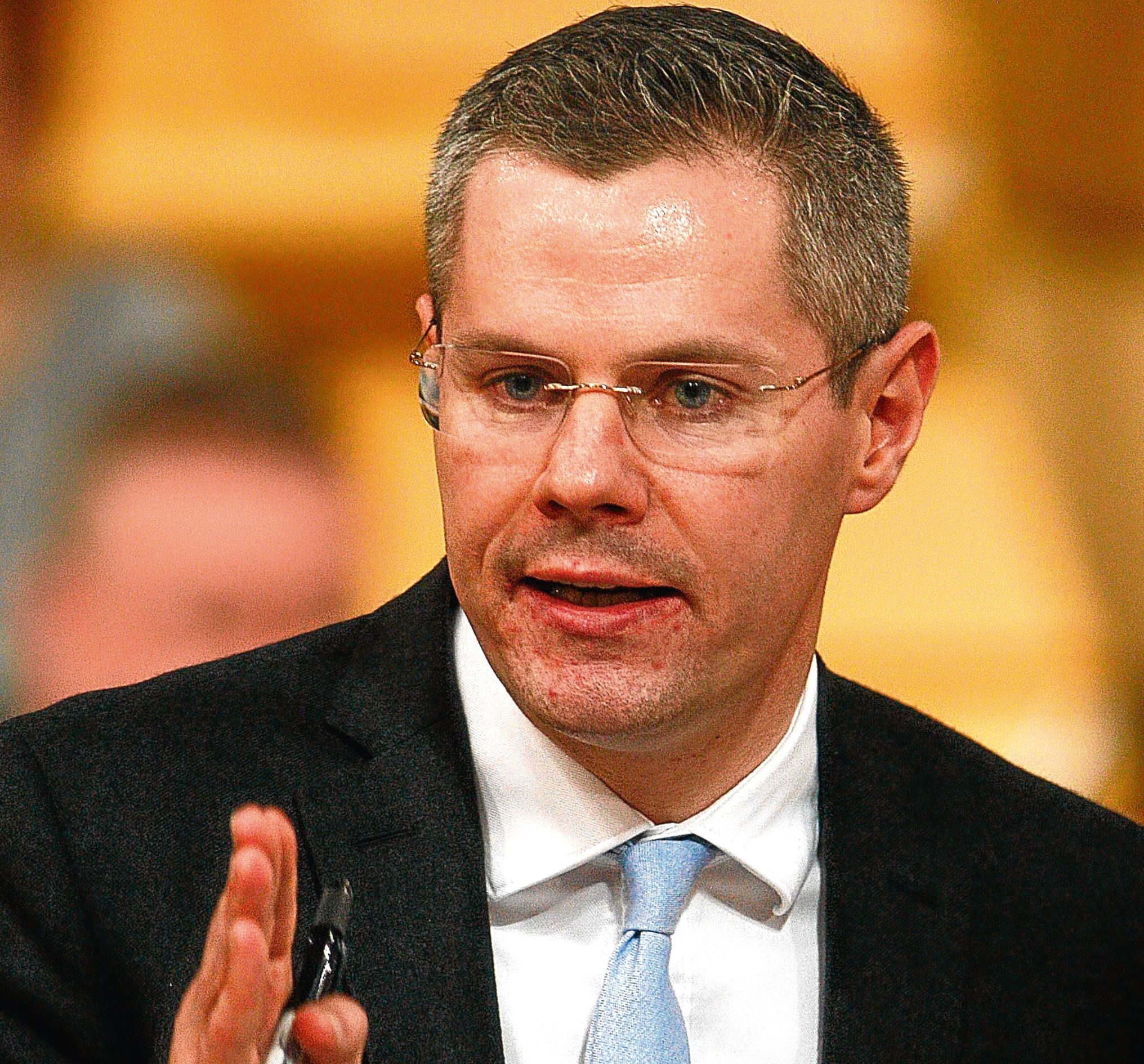
BUSINESSES will be forced to pay sky-high rates increases upfront under the Scottish Government’s plan for a “cap” on the controversial plan.
Finance Secretary Derek Mackay reacted to the outcry over business rates rises by promising a cap of 12.5% on increases for hotels, restaurants and cafes.
But businesses across Scotland are now finding out they will still have to pay the original amount – for some as much as 300% higher than what they previously paid – and then try to claim the money back.
The procedure for this has still to be finalised in many parts of the country and bills are due in the coming weeks.
Scottish ministers claim strict EU state aid rules have forced them into making the cap on application only.
But Ryan James, owner of the Two Fat Ladies restaurant in Glasgow, said: “This is just a joke.
“Derek Mackay was rightly given the plaudits when the cap was announced, but they clearly hadn’t done any homework on this.
“When you consider the size of increases being faced by businesses, to shell this out and then wait to get some of it back will make a huge dent in cash flow.”
On February 21, Mr Mackay moved to help almost 8,500 hotels, pubs, restaurants, cafes with a cap on any increase to rates of 12.5%.
Guidance on how this works in practice for councils, which collect rates on behalf of the Scottish Government, didn’t follow until March 16.
This has left many local authorities scrambling around to work out how to implement the changes before the new financial year.
A spokesman for the Scottish Government said it had committed to around £660 million of business rates relief next year, including around an additional £37m specifically within the hospitality industry.
He added: “The business rates cap announced for hotels, pubs, restaurants and other accommodation must be an application-based scheme to comply with European Union state aid rules and to ensure eligibility for the relief.
“It is up to individual councils to administer the relief.”

Enjoy the convenience of having The Sunday Post delivered as a digital ePaper straight to your smartphone, tablet or computer.
Subscribe for only £5.49 a month and enjoy all the benefits of the printed paper as a digital replica.
Subscribe